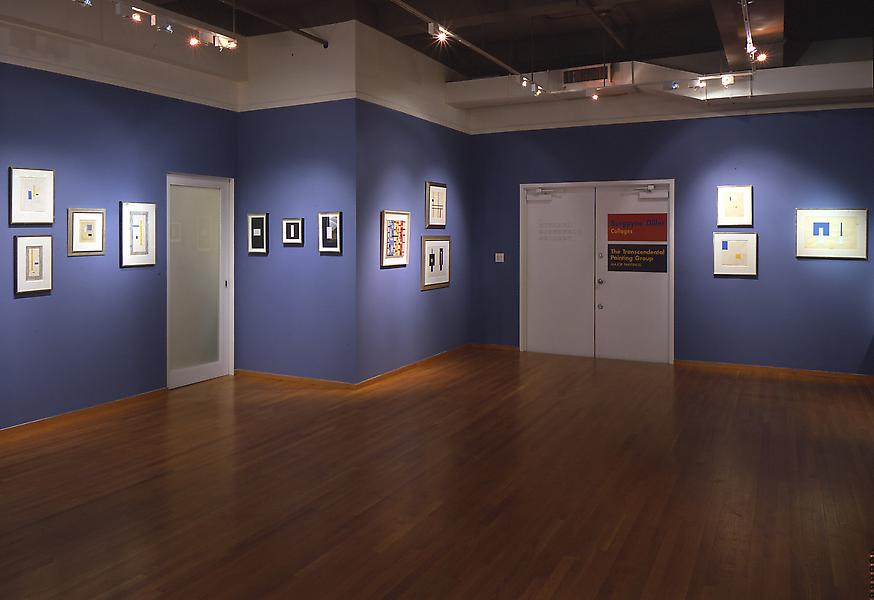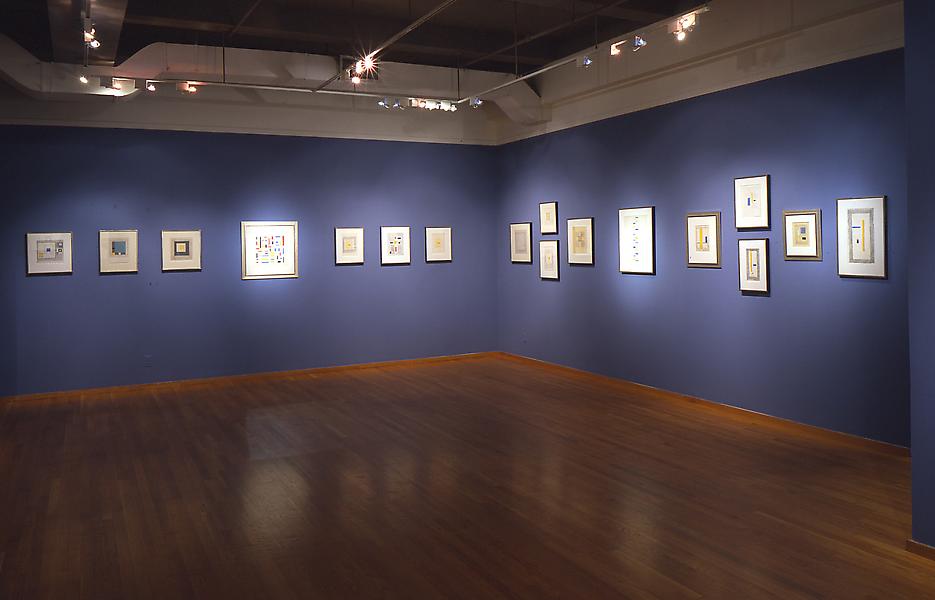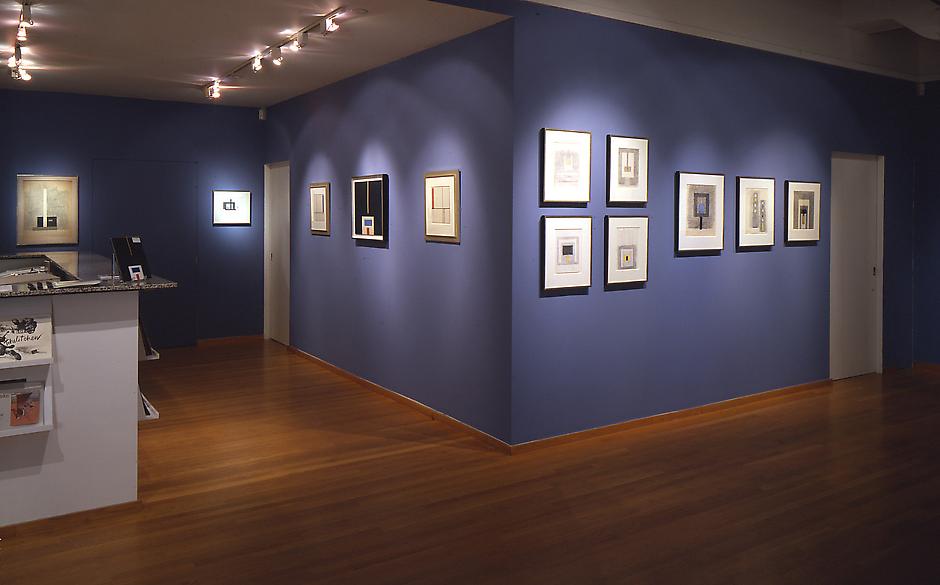This exhibition consists of forty-three collages from 1935 through 1965. The collages reflect Diller’s evolution from pure Neo-Plastic compositions of the 1930s to his final studies for minimalist sculpture executed during the 1960s.
Burgoyne Diller was a pioneer of American abstraction and is among the most significant American artists devoted to geometric abstraction. Burgoyne Diller’s earliest abstractions pay homage to Neo-Plastic aesthetics in the tradition of Piet Mondrian, but in the 1940s his work evolved into a very personal, spiritual, and more simplified geometric expression of line and color. As a result, Diller is the vital link between American abstraction of the 1930s and minimalism of the 1950s and 1960s epitomized by artists Donald Judd, Ellsworth Kelly and Myron Stout.
During the late-1920s, at the age of twenty-two, Burgoyne Diller moved from Michigan to New York City, where he began studying at the Art Students League. In 1934, he became employed as an easel painter by the Public Works of Arts Project (PWAP) and in 1935, he was appointed to the influential position





